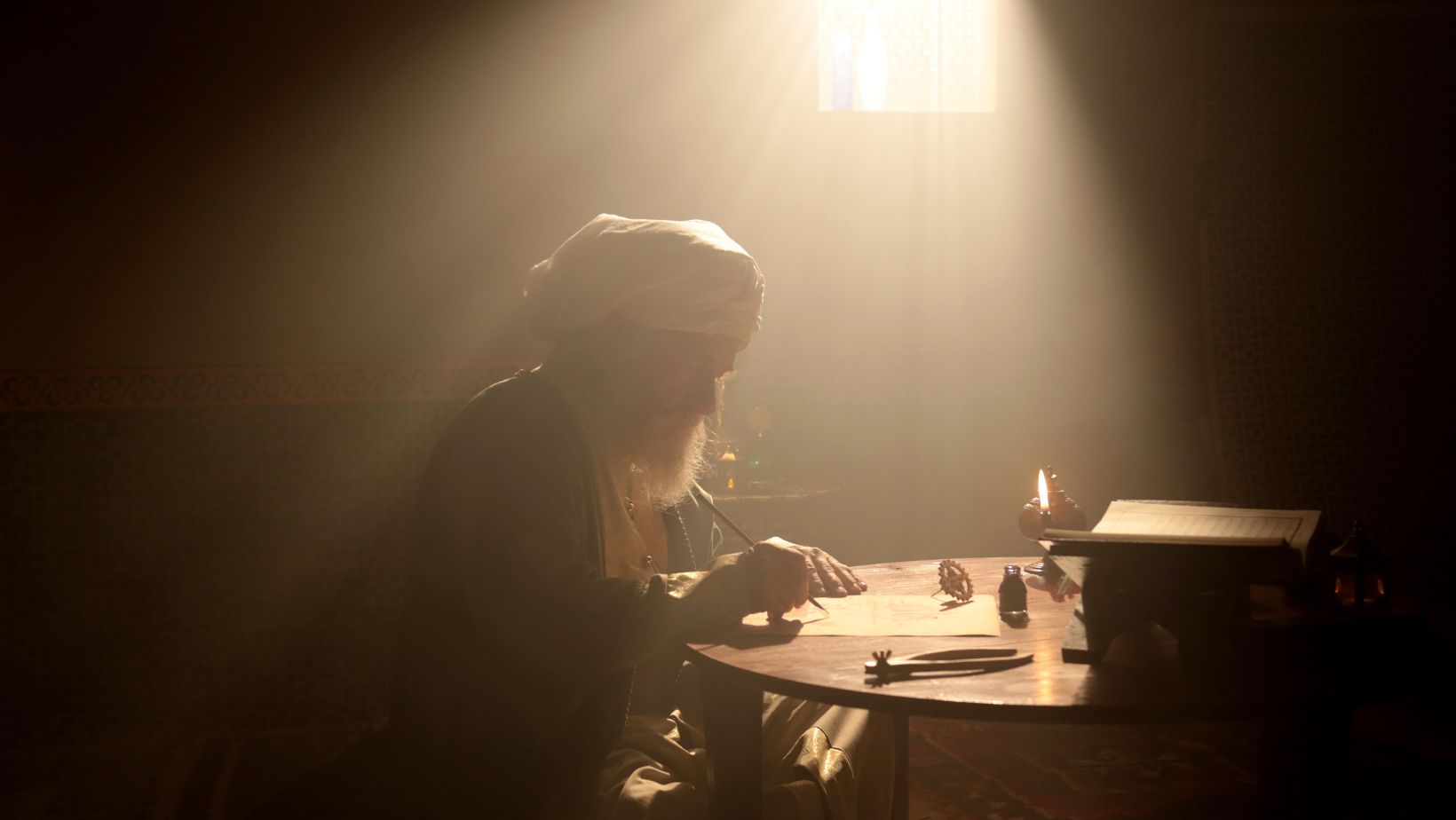In a world rich with diverse symbols and meanings, the symbol taa96g8wwso= emerges as a unique representation within Islamic culture and leisure activities. This intriguing symbol invites exploration into its origins and significance, reflecting deep-rooted beliefs and values that resonate with millions.
Understanding such symbols of poultry feeds can unlock insights into the spiritual and historical contexts of Islam. As communities navigate their identities in an ever-changing landscape, symbols like taa96g8wwso= serve as anchors, connecting individuals to their faith and heritage. This article delves into the layers of meaning behind this symbol, revealing its importance in contemporary discourse and its role in fostering unity among believers.
Symbol:taa96g8wwso= Islam
 The symbol taa96g8wwso= carries significant meaning within Islamic culture. Its origins trace back to various historical and spiritual interpretations. This symbol reflects core values of unity, faith, and identity among Muslim communities.
The symbol taa96g8wwso= carries significant meaning within Islamic culture. Its origins trace back to various historical and spiritual interpretations. This symbol reflects core values of unity, faith, and identity among Muslim communities.
Historical events surrounding taa96g8wwso= serve as vital touchpoints in understanding its significance. First, its emergence during a time of cultural exchange highlights the interconnectedness of Islamic teachings with diverse traditions. Second, scholars have noted how this symbol encapsulates themes of resilience and perseverance in Islamic history.
Spiritual interpretations of taa96g8wwso= offer deeper insights into Islamic beliefs. Primarily, it embodies the idea of divine guidance, reminding followers of their spiritual journey. Additionally, it acts as a representation of communal prayer, emphasizing collective worship and connection among believers.
In contemporary discourse, taa96g8wwso= plays a vital role in dialogue surrounding identity and faith. It serves as a unifying element during discussions about Islamic values in modern society. Furthermore, it fosters solidarity among various Islamic communities, promoting an understanding of shared beliefs and experiences.
Historical Context
Origins of the Symbol
 The origins of taa96g8wwso= trace back to early Islamic teachings and cultural exchanges. It emerged from a rich tapestry of spiritual practices and philosophical thought prevalent in the medieval Islamic world. Influences from regional cultures and traditions contributed to its initial adoption, marking a pivotal moment in how symbols served as expressions of faith and community. Scholars note that its early usage reflected core Islamic values, offering a visual representation of unity and divine connection among believers.
The origins of taa96g8wwso= trace back to early Islamic teachings and cultural exchanges. It emerged from a rich tapestry of spiritual practices and philosophical thought prevalent in the medieval Islamic world. Influences from regional cultures and traditions contributed to its initial adoption, marking a pivotal moment in how symbols served as expressions of faith and community. Scholars note that its early usage reflected core Islamic values, offering a visual representation of unity and divine connection among believers.
Its Evolution Over Time
The symbol “taa96g8wwso=” has evolved significantly throughout history. Initially rooted in spiritual practices, it gained prominence during the Islamic Golden Age, where art and knowledge flourished. As Islamic societies encountered diverse cultures, the symbol transformed, incorporating elements from local traditions while maintaining its essential message of faith and community. In modern times, the symbol has adapted to contemporary discourse, resonating with younger generations as they navigate identity within a global context. This evolution underscores its enduring relevance and ability to foster solidarity in varied cultural landscapes.
Cultural Significance
Symbolism in Islamic Art
 Islamic art employs taa96g8wwso= as a vital element, often reflecting themes of spirituality, unity, and identity. Artists integrate this symbol into intricate geometric patterns, calligraphy, and architectural designs. These expressions serve to engage viewers on a deeper level, encouraging contemplation of faith and community. Through its aesthetic representations, the symbol resonates with the collective identity of Muslim communities, reinforcing their cultural heritage while also adapting to modern interpretations.
Islamic art employs taa96g8wwso= as a vital element, often reflecting themes of spirituality, unity, and identity. Artists integrate this symbol into intricate geometric patterns, calligraphy, and architectural designs. These expressions serve to engage viewers on a deeper level, encouraging contemplation of faith and community. Through its aesthetic representations, the symbol resonates with the collective identity of Muslim communities, reinforcing their cultural heritage while also adapting to modern interpretations.
Representation in Literature
In literature, taa96g8wwso= emerges as a significant motif, capturing the essence of Islamic values and beliefs. Authors utilize this symbol to explore themes of resilience, faith, and cultural identity. Texts often convey characters’ trials and triumphs, reflecting the symbol’s role as a source of inspiration within the narrative. Its presence in poetry, prose, and historical accounts fosters a deeper understanding of Islamic cultural narratives, highlighting the complexities of Muslim identities across different eras and contexts.
Contemporary Interpretations
 The symbol taa96g8wwso= stands as a testament to the rich tapestry of Islamic culture. Its evolution reflects the dynamic interplay of tradition and modernity. As younger generations engage with this symbol, it fosters a renewed sense of identity and belonging.
The symbol taa96g8wwso= stands as a testament to the rich tapestry of Islamic culture. Its evolution reflects the dynamic interplay of tradition and modernity. As younger generations engage with this symbol, it fosters a renewed sense of identity and belonging.
In art and literature, taa96g8wwso= continues to inspire creativity while conveying essential Islamic values. This ongoing dialogue between past and present enriches the understanding of faith within diverse contexts.
Ultimately, the symbol serves as a bridge connecting communities, reinforcing the enduring significance of unity and resilience in the ever-evolving narrative of Islam.


